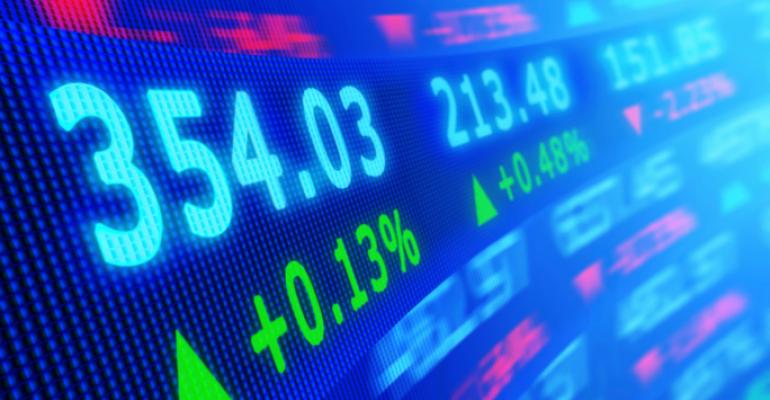Should long-only traditional investment managers be scared of high frequency trading?
Consider that over half of all transactions taking place on many exchanges are driven by algorithms, often with latency periods as low as one thousandth of a second. That’s the time it takes the computer to read incoming data, whether it be news, price movements, volume changes, order book imbalances, momentum –and put in an order on a trade.
“Clearly no way any human can compete with that, and it raises questions about the fairness of the marketplace,” said Princeton’s Yacine Ait-Sahalia, speaking at the Investment Management Consultants Association annual conference in Seattle.
Yet the data Ait-Sahalia has gathered suggests investment managers don’t have anything to fear from the proliferation of algorithmic trading. “The type of signals traders use are predictive,” he said. Algorithmic traders “are not trying to decide long-term investments. They are deciding whether the next tick is up or down.”
Ait-Sahalia said the empirical research that exists generally shows high-frequency trading benefits markets more than harms them. “Markets become more efficient,” he said. “They react to new information much faster. The efficiency of pricing is improved.”
Which is not to say there are no risks. Research shows that some three-quarters of all algorithmic-based trade orders are cancelled before they are executed. The high volume of these so called “fleeting orders” may indicate the algorithms are “stuffing the book,” or leading less sophisticated traders to believe the price movement is going in one direction and then, when their trades are entered, the computer reverses course.
Italy, Germany and Australia have recently created rules to prevent the potential for abuse. Australia, for example, insists traders must wait a half of a second before being allowed to cancel an order.
The bigger threat, Ait-Sahalia says, is operational failure—for instance when a bid for ten futures contracts mistakenly becomes a bid for 10,000. Think of the “flash crash” in May 2010.
High-speed trading showed both its virtues and its dangers recently when the twitter account of the Associated Press was hacked. After a rogue tweet was published claiming the White House had been attacked, markets plunged. The speed with which they did was not because human traders were monitoring the AP twitter feed. High-frequency algorithms absorbed the news far faster than traditional traders could react to it. At the same time, because the algorithms have very narrow trading bands, within fractions of pennies in some cases, they pull out immediately when a stock or futures contract deviates from that band. Once the fake tweet was discovered, high frequency algorithms brought the market back to normal pricing quicker than would be possible with traditional market participants
The other danger for traditional market participants is the notion of adverse selection. “You don’t want to be on the other side of a trade against someone who knows something you don’t,” said Ait-Sahalia. And research has demonstrated in that sense, most high-frequency traders have the edge. In trades between high-frequency market participants and “low frequency” traders, the computer wins two-thirds of the time.





